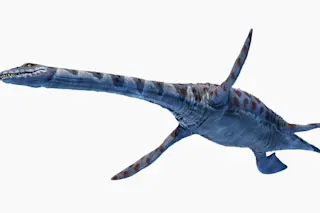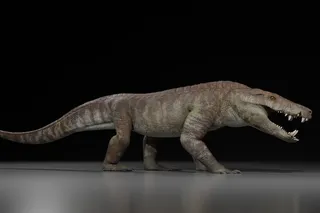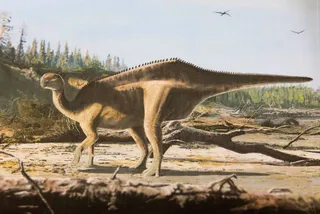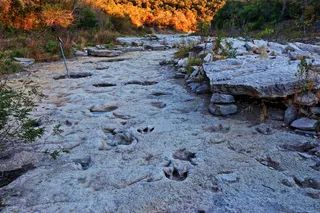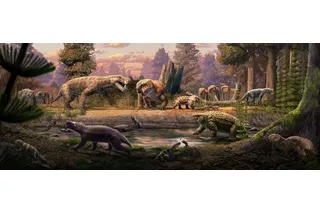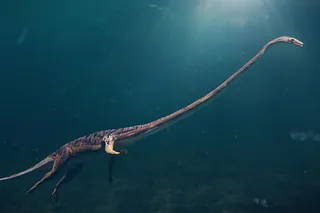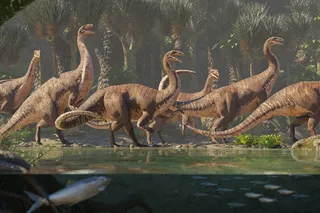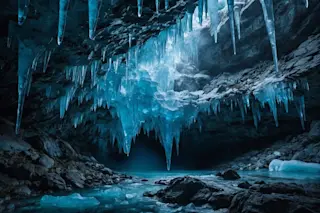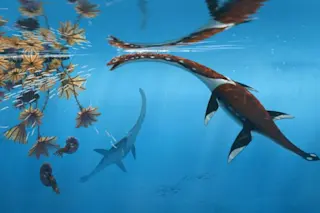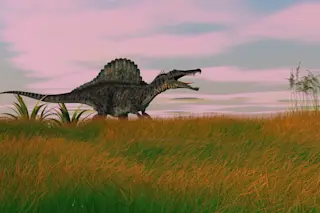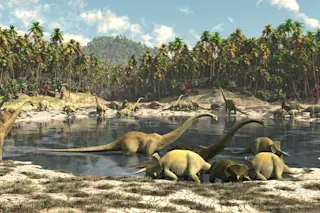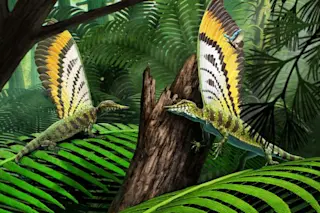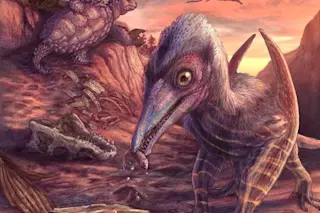The world of the early Jurassic would have been warmer than it is today. There has been no evidence of ice sheets anywhere on the planet, and the sea level was much higher. This was the perfect environment for Attenborosaurus to thrive.
Large parts of Europe, where Attenborosaurus dwelled, would have been underwater during the early part of the Jurassic. It was a world blanketed in warm tropical oceans and shallow seas teeming with fish, ammonites, other marine reptiles, and turtles, says Becky McKean, a geologist at St. Norbert College in De Pere, Wisconsin.
But we’re not sure why Attenborosaurus went extinct 189 million years ago, though many similarly giant marine reptiles would come after it. Still, the species was important because it signaled an explosion of plesiosaurs that lasted for millions of years before they went extinct for good about 66 million years ago. And today, unfortunately, unless you ...



